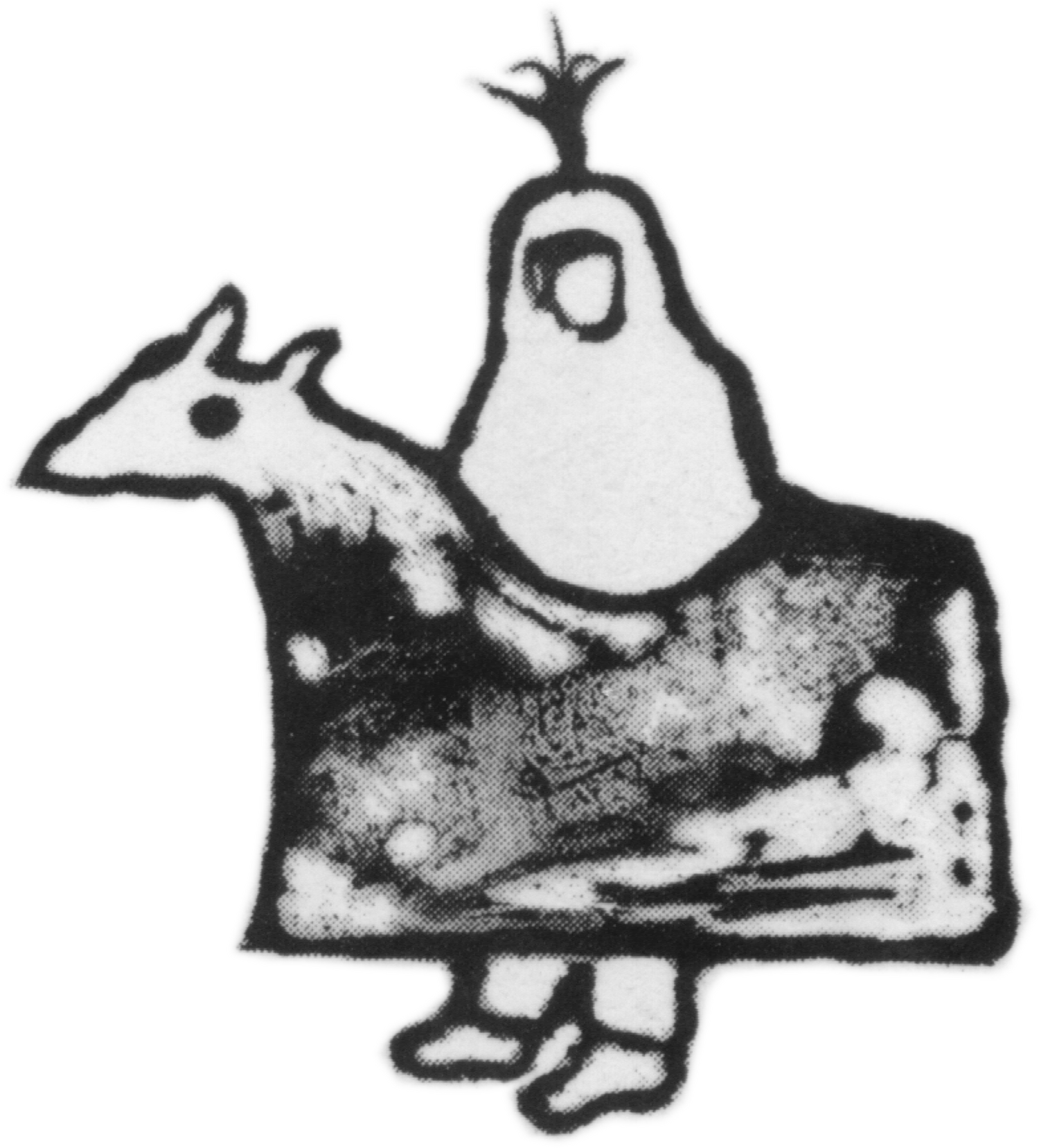Avebury without the Stones: a Social History c.1550-1800, by Stuart A Raymond
In Avebury the prehistoric stone circle, together with the manor house, receive most of the attention. But what about the history of the ordinary people of the parish? Their story is just as interesting, but is rarely mentioned and little studied. This book sets out to tell their stories: the story of the local gentry and yeomen, the schoolmasters, the carpenters, the masons, the agricultural labourers, the poor. It paints a lively picture of Avebury in the early modern period – its government, its landowners and tenants, its agriculture, its occupations, its living conditions, its religion. It demonstrates that there is much more to Avebury than just its archaeology, and is a model of how to research and write a local and social history with enormous attention to detail. November 2024, xx +475 pages, illustrations, paperback, £25.00, ISBN 978-1-914407-77-2
In Avebury the prehistoric stone circle, together with the manor house, receive most of the attention. But what about the history of the ordinary people of the parish? Their story is just as interesting, but is rarely mentioned and little studied. This book sets out to tell their stories: the story of the local gentry and yeomen, the schoolmasters, the carpenters, the masons, the agricultural labourers, the poor. It paints a lively picture of Avebury in the early modern period – its government, its landowners and tenants, its agriculture, its occupations, its living conditions, its religion. It demonstrates that there is much more to Avebury than just its archaeology, and is a model of how to research and write a local and social history with enormous attention to detail. November 2024, xx +475 pages, illustrations, paperback, £25.00, ISBN 978-1-914407-77-2
In Avebury the prehistoric stone circle, together with the manor house, receive most of the attention. But what about the history of the ordinary people of the parish? Their story is just as interesting, but is rarely mentioned and little studied. This book sets out to tell their stories: the story of the local gentry and yeomen, the schoolmasters, the carpenters, the masons, the agricultural labourers, the poor. It paints a lively picture of Avebury in the early modern period – its government, its landowners and tenants, its agriculture, its occupations, its living conditions, its religion. It demonstrates that there is much more to Avebury than just its archaeology, and is a model of how to research and write a local and social history with enormous attention to detail. November 2024, xx +475 pages, illustrations, paperback, £25.00, ISBN 978-1-914407-77-2

